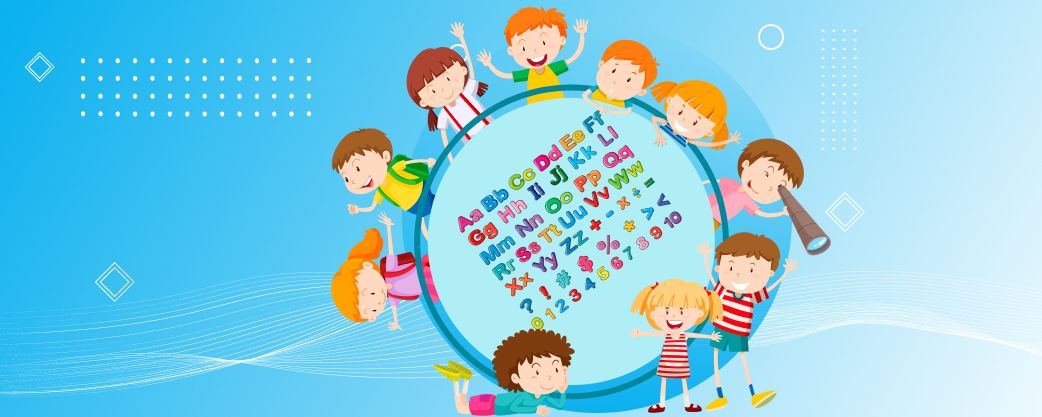Share the article on social networks!

Need help choosing a tutor?
If you cannot find a suitable tutor, we will do our best to provide the assistance based on your needs
Leave a requestLearning English for Children at Home
04.10.2022

Many parents want to do their own English lessons with their child. Indeed, it is great when the mother can proudly say that she herself has taught her child to speak English! And it is not as difficult as it used to be, because you can find a lot of useful information and materials on the Internet, social networks are full of invitations to webinars and intensives like "English at home with a baby" or "how to raise a bilingual child.
Moms and dads are eager to get started, but as time passes the fervor wears off and the lessons slowly fizzle out. What's wrong? Let's find out. Our tips are also useful to those moms who want to teach children English at home on their own, but can not decide or do not know where to start and how.
When and How to Start Teaching English to a Child
Many children at the age of 3 or 4 cannot speak their native language correctly and clearly yet. However, this does not mean that they cannot learn another language or even two or three at the same time. On the contrary, scientists have long established that it is easier for a child to learn languages when the brain is actively mastering the mechanisms of mastering the native language. However, it is necessary to adhere to a number of principles or rules, the main of which is to create the right conditions, allowing to speak different languages at different times.
The fundamental principle of teaching children English
The ideal starting point for organizing English education for a child at home would be if the child speaks their native language with their dad and English with their mom. Or vice versa. Or he speaks English with any other relative who regularly communicates with the child. For example, with the grandmother, if, of course, she is able to do it.
In practice it is very difficult to follow this principle for various reasons, so if you cannot completely switch to English, stick to the following important rules:
- Speak to your child in the mother tongue in the morning, for example, and in English in the evening.
- Use the mother tongue at home and English when you go out.
- Play, draw and sculpt only in English.
In other words, English should become a routine moment just like lunch-dinner-sleep, and it is imperative to use English in a strictly designated time. The fact that children at this stage (at the age of 3-5 years) master a foreign language in much the same way as their native language, ie intuitively, without memorizing the rules. If you begin to speak to a child in English at the same time or under the same conditions, you will develop a reflex, the brain will switch to English as if on cue. Therefore, this principle - the use of English at a strictly designated time - is fundamental when deciding to teach children a foreign language.
The basics of teaching English to young children
Children are taught through communication, so the key focus should be on speech.
Here are some important guidelines:
- Speak at a normal pace. It will take some time before children begin to hear individual words, but they will soon be able to understand spoken English at a normal pace.
- Don't break up your sentences thinking you are helping the child identify individual words: use normal pronunciation and intonation. Remember that at this stage children learn by imitation.
- Use English wherever possible: all directions and questions are as important as, and in some cases more important than, what you want to teach, because real interaction is built through directions and questions.
- Use complete sentences or phrases: and demand the same from your child. For example, when answering the question What is it? The baby should say It's a ball, not just a ball. If you are learning colors, teach them to say a yellow banana or a red apple. Some children may say yellow banana to the question What color is a banana? But the child will quickly correct himself, because he has unconsciously learned to put the article and the adjective before the noun.
Sometimes it seems that it is better if a child learns to say individual words first, and sentences are the next step. This is a misconception. Children are faster to memorize whole clichéd phrases than sentences of individual words. Recall that in their native language, a child hears a whole sentence and, imitating adults, imitates sentences, not individual words! Moreover, by using complete sentences or phrases, children:
- Gain an understanding of context.
- They learn syntax and different structures that they can use later when they begin to construct their own sentences.
- Find that using a sentence or phrase is easier than using individual words.








